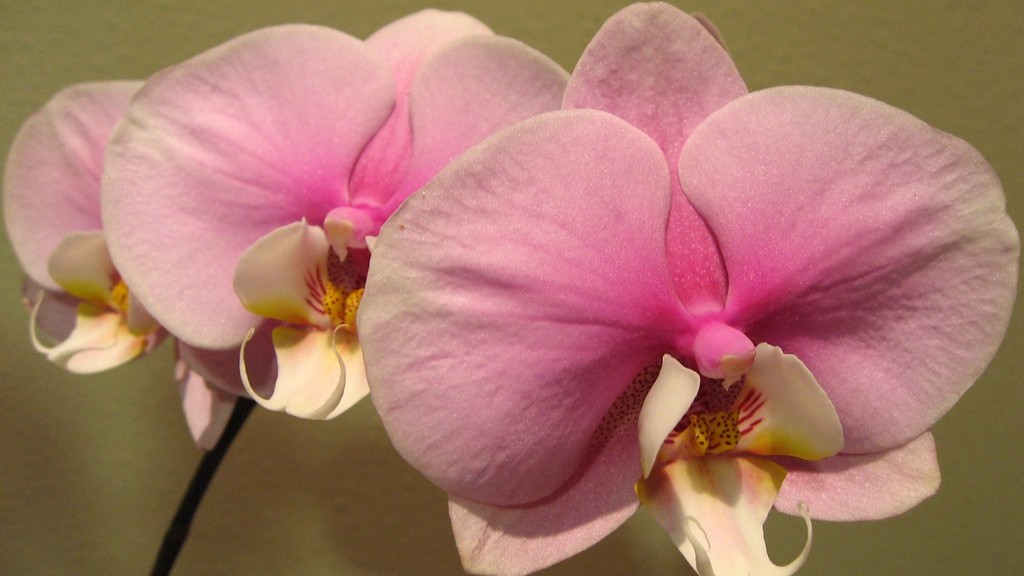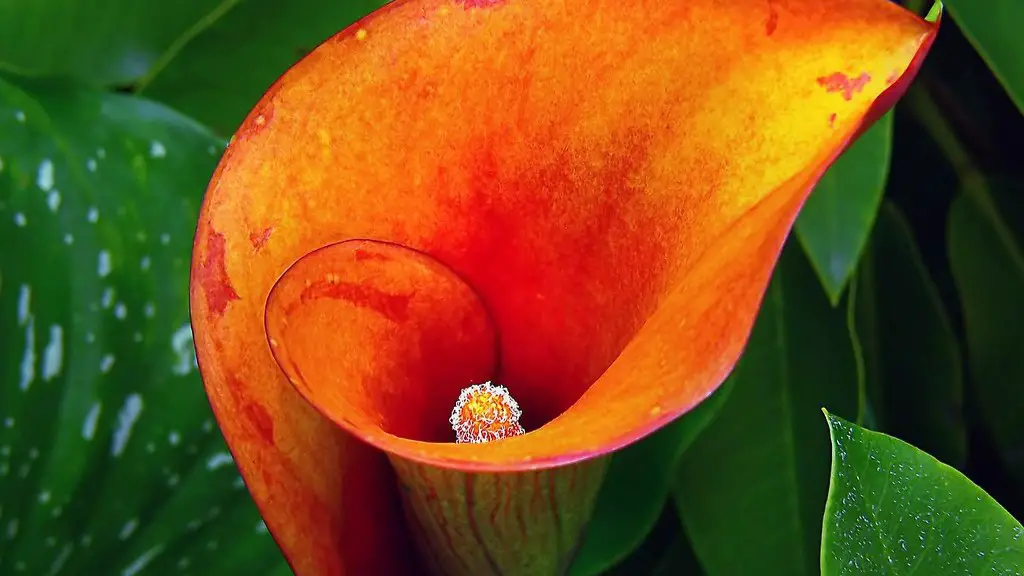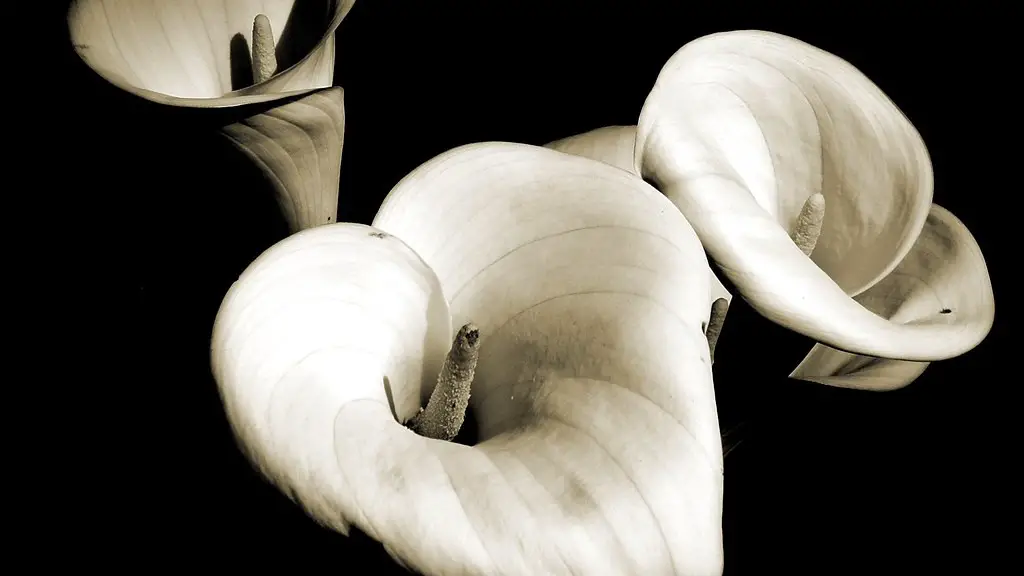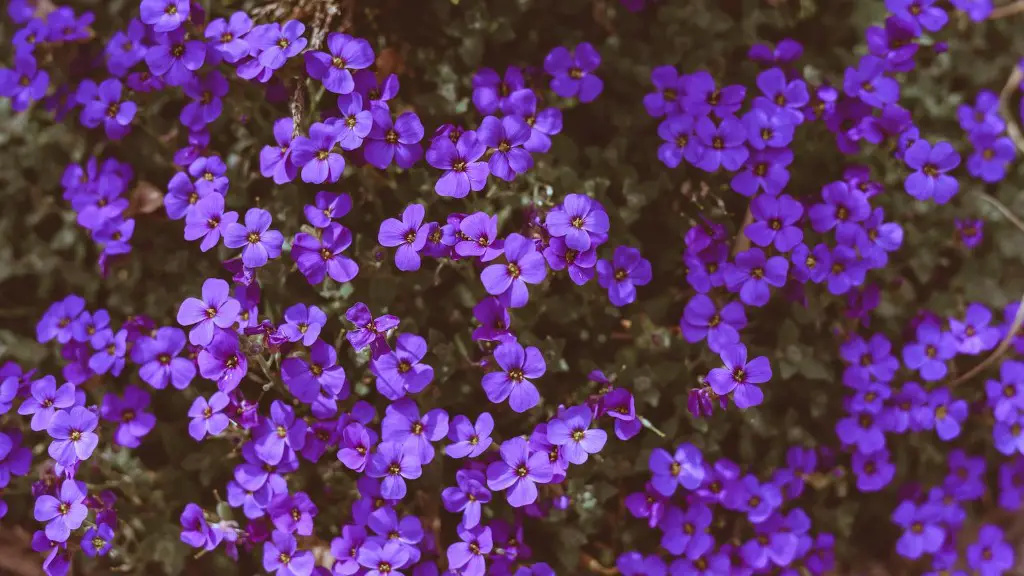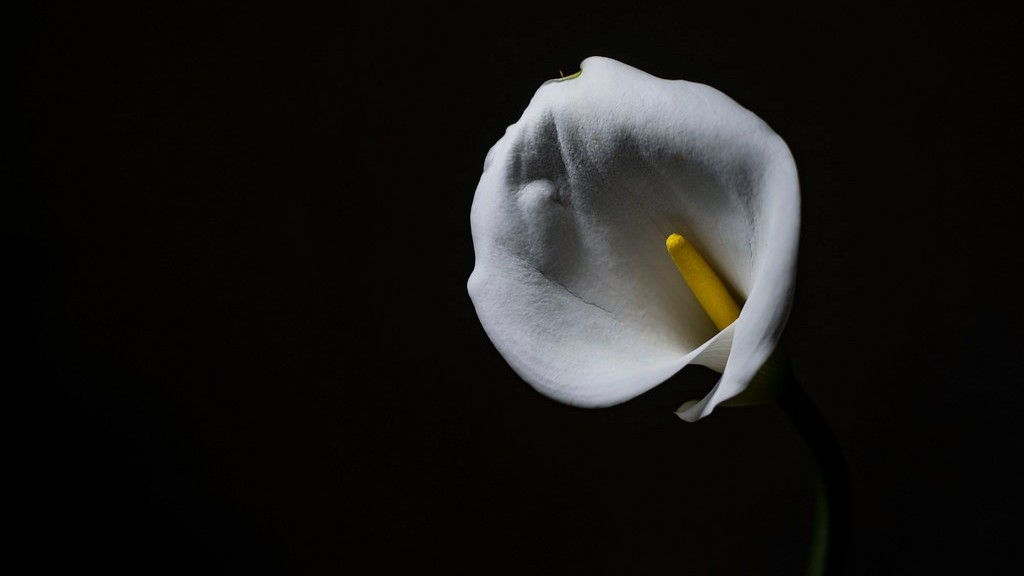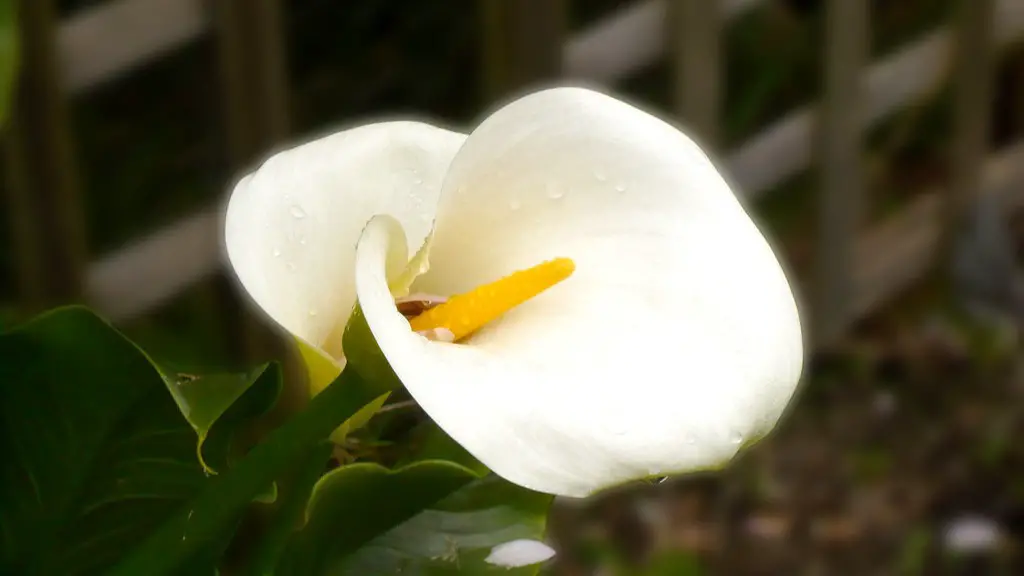If you want to know how to cut back a Phalaenopsis orchid, also called a moth orchid, this is the guide for you. The Phalaenopsis is a type of orchid that is native to countries in Southeast Asia, such as the Philippines and, of course, Thailand. They are also found in China, Malaysia, and Indonesia. These beautiful flowers can range in color from white to purple and have an intoxicating fragrance.
If your Phalaenopsis orchid is getting too big for its pot, you can safely cut it back. Use a sharp knife or shears to cut the pseudobulbs at the nodes, being careful not to damage the new growth. You can also remove any dead, dying, or diseased leaves. Once you’ve made your cuts, the plant will likely go into shock, but it will eventually bounce back and continue to grow.
Where do you cut Phalaenopsis orchids after they bloom?
If you want your orchid to produce healthy, green spikes, you should trim 1 inch above the node, or bump, on the orchid spike. If the spikes are unhealthy and brown, you should cut them all the way back to the base of the plant. If you have an orchid with two spikes, you should cut one of them at the base.
If you want to go to the bottom flower, you should first go to the node right below it. Then, you can cut it.
Should I prune a Phalaenopsis orchid
Stem pruning is a common way to encourage new growth and flowering in Phalaenopsis orchids. To do this, wait until the plant has finished blooming and has no visible buds. Then, use a clean, sharp knife or garden clippers to remove the top portion of the stem.
1. Water your orchid weekly, even if it no longer has blooms.
2. Fertilize your orchid regularly to keep it healthy.
3. Provide plenty of indirect light for your orchid.
4. Move your orchid to a cooler room if it is getting too warm.
5. Give some life to your dormant orchid by watering it and providing it with indirect light.
Should I trim my orchid stem after the flowers fall off?
If you want your plant to continue flowering, it is best to cut off the stem entirely at the base where it comes out of the leaves. This will allow the plant to bloom again in several months.
Phalaenopsis orchids make great houseplants because they can live for 10 to 15 years. They are easy to care for and don’t require a lot of maintenance.
Will an orchid rebloom if you cut the stem?
Growing new stems from cuttings is a great way to propagate your orchid collection. You can expect a flower spike to grow back after cutting it down when its blooms die.
If you are hoping to get your houseplant to bloom again, you may be in for a bit of a wait. After a period of rest, the plant will send out a new flower stalk, which may come from the existing stalk or from new leaves at the base of the plant. Give the old flower stalk a chance to rebloom; there is nothing to lose. With a little patience, you may be rewarded with another round of beautiful blooms.
How do you make an orchid grow a new spike
Orchids are a bit fickle when it comes to getting new flower spikes, but there are a few things you can do to encourage them. First, try placing the plant in an area with a lower room temp – about 55-65 degrees Fahrenheit at night. This lower temp will signal to the plant that it’s time to start producing a new flower spike. You can also try placing your orchid in a window away from the heater. We’ve had the best success getting new flower spikes in winter, when our homes and their windows aren’t as warm. With a little patience and perseverance, you should be able to get your orchid to produce a beautiful new flower spike.
If you want your orchid to bloom again, you need to remove the spike. Once the spike dries up and turns brown, the orchid will not be able to bloom again. Some orchids can bloom more than once off of the same spike, but you need to be careful with which ones you choose. Certain species of Oncidium, such as the papilio, can bloom off of a broken or cut back spike.
Do Phalaenopsis orchids Rebloom on the same stem?
Yes, but it only drains energy from the orchid. That’s all it does. So if for whatever reason you want to remove an orchid from your garden, this would be a good way to do it.
The flowers of a phalaenopsis orchid usually bloom for several months, and the plant can be pollinated again during this period. It can take anywhere from 9 to 14 months for an orchid to complete a life cycle. If it does not die, it can typically re-bloom once every 8 to 12 months.
What to do with your orchids when you leave for months
If you are going on a long vacation, it is important to find a trusted orchid sitter who can water your orchid with three ice cubes on the same day each week. Place the orchid in a north or east-facing window for indirect light and maintain a consistent temperature.
Orchids are a beautiful, long-lasting addition to any home or garden. With proper care, they can bloom for years to come. To encourage growth and blooming, cut back old, bare flower spikes to a node. This will promote bushier, lusher foliage. Orchids are a wonderful plant to have in your home or garden and with proper care, they will bloom for years to come.
What do you do with a potted orchid after it loses its flowers?
After blooming, water your orchid deeply and regularly, whenever the potting mix is dry. Orchids thrive in bright, indirect light, so place your plant near an east-, west- or south-facing window. Fertilize weakly, weekly, using a high-quality, urea-free orchid fertilizer.
If your orchid has finished blooming and the spike is still green, you can cut it off 1 inch above the first node below the lowest flower bloom. If the spike is turning brown, you will need to trim the flower spike off at the base of the plant. Brown spikes will not bloom.
How long does it take for an orchid to grow another stem
If you notice an orchid spike forming, be patient; this fixture can take around three months to grow.
If you want to help your orchid rebloom, you should start by making sure it has the right amount of light and water. You should also fertilize your orchid regularly to give it the nutrients it needs. Be patient and keep up with your orchid care, and you should see it rebloom in no time!
Final Words
First, Phalaenopsis orchids should be allowed to dry out between waterings. The best way to tell if an orchid needs watering is to feel the potting mix. If it is dry to the touch, it is time to water.
Second, the frequency of watering will vary depending on the potting mix, the size of the pot, the temperature, and the humidity. In general, orchids should be watered every 7-10 days.
Third, when watering, it is important to use room temperature water. Hot or cold water can shock the plant and damage the roots.
Fourth, after watering, it is important to allow the excess water to drain away. Do not let the plant sit in water, as this can lead to rot.
Finally, when cutting back an orchid, it is important to use a sharp, sterile knife or pair of scissors. Cut the stem at a 45 degree angle, just above a node (a swollen area on the stem where new leaves and roots will grow).
The best way to cut back a phalaenopsis orchid is to cut the stem back to about an inch above the node. The node is the point on the stem from which new growth will emerge. This will encourage the plant to produce new growth and will result in a fuller, healthier plant.
